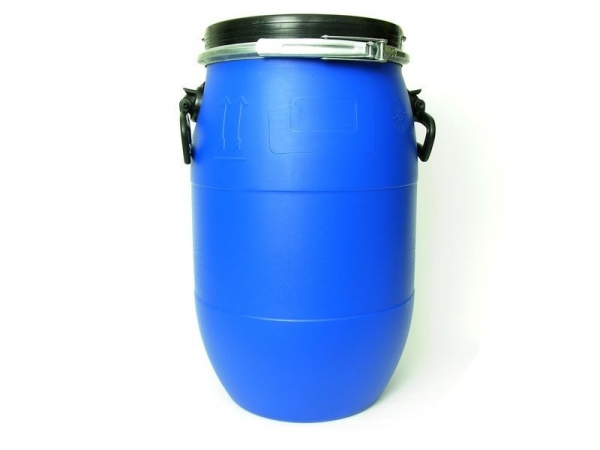


Clindamycin is indicated in the treatment of serious infections caused by susceptible anaerobic bacteria. Clindamycin is also indicated in the treatment of serious infections due to susceptible strains of streptococci, pneumococci, and staphylococci. Its use should be reserved for penicillin-allergic patients or other patients for whom, in the judgment of the physician, a penicillin is inappropriate. Because of the risk of colitis, as described in the warning box, before selecting clindamycin the physician should consider the nature of the infection and the suitability of less toxic alternatives (eg, erythromycin).
Specification:
|
Items |
Standards |
Results |
|
Appearance |
White or practically white crystalline powder |
CONFORM |
|
Identification |
IR |
CONFORM |
|
Crystallinity |
CONFORM |
CONFORM |
|
PH |
3.0~5.5 |
4.2 |
|
Water |
3.0~6.0% |
4.2% |
|
Residual solvents |
≤2.0% clindamycin B |
0.70% |
|
≤4.0% 7-epiclindamycin |
0.78% |
|
|
≤1.0% any other individual related compound |
0.19% |
|
|
≤6.0% total of all related compounds |
2.2% |
|
|
Related compounds |
Acetone ≤5000ppm |
147ppm |
|
Ethanol ≤5000ppm |
No detected |
|
|
N,N-Dimethylformamide ≤880ppm |
No detected |
|
|
Chloroform ≤60ppm |
No detected |
|
|
Assay |
≥ 800ug/mg |
Packaging details:
|
Packaging details: |
25kg/drum with double plastic bags inside; packed in a cardboard drum or fiber HDPE drum. |
|
Storage: |
Stored in a clean, cool, dry area; keep away from moisture and strong, direct light/heat |
|
Shelf Life: |
5 years if sealed and store away from direct sun light. |
